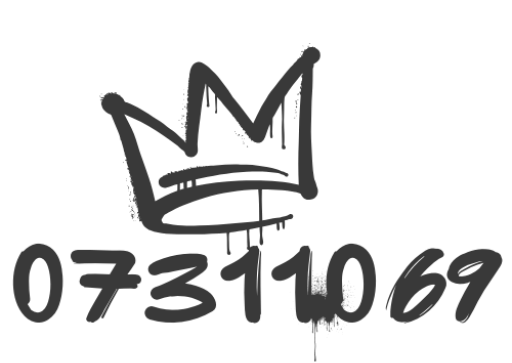# The Evolution of American Biker Culture
Two-wheeled American identity represents a complex tapestry of rebellion and community, stemming from post-war societal shifts. From the battlefields of WWII to the open highways of modern America, steel horses transformed into mechanical expressions of autonomy, bearing both countercultural ideals and mainstream commercial appeal[5][10][17].
## Roots of Rebellion https://usabikers.net/
### WWII Veterans and Motorcycle Clubs
The modern biker identity emerged during the reintegration challenges faced by demobilized soldiers. Servicemen accustomed to the camaraderie of unit life craved replacement social structures, leading to early rider groups including veteran-led motorcycle brotherhoods[5][13][17]. The dominant motorcycle manufacturers, which demonstrated reliability, evolved from war machines to cultural symbols, cultivating century-spanning consumer devotion[5][11].
The notorious “American Motorcycle Association riot” thrust rider culture into public discourse, when 4,000 riders descended upon the small California town, culminating with property damage and arrests. This episode cemented the rebellious rider archetype in popular imagination, despite most participants being mainstream motorcycling advocates[10][13][17].
## Major Motorcycle Organizations
### Legal vs. Extra-Legal Groups
The American Motorcyclist Association (AMA) initially served as the governing body for structured riding activities. Yet, the association’s discriminatory membership rules—barring racial minorities until the 1950s—sparked the rise of independent clubs which opposed traditional hierarchies[11][13].
The “Big Four” motorcycle gangs evolved into key players within this alternative landscape:
1. Founded 1948 in California[2][3][10]
2. “God Forgives, Outlaws Don’t” adherents[3][10][13]
3. 1959 Maryland origins[8][10]
4. 1966 Houston foundation[3][10]
These groups function via strict hierarchical structures featuring clearly defined officer positions, while physical headquarters functioning as fortified community centers[10][13]. Despite public perceptions of criminality, many chapters participate actively in philanthropic efforts like fundraising for social causes[8][10][15].
## Shaping American Identity
### Media Portrayals and Style Trends
The biker archetype infuses US media landscapes, ranging from Hollywood’s rebellious archetype in *The Wild One* to contemporary streaming series. Such widespread influence appears through:
– Fashion trends: Distinctive biker attire marketed through brands like Biker Life USA and Bikers Lifestyle[4][12]
– Soundtrack associations: From punk rock to heavy metal embracing biker aesthetics
– Written narratives: Journalistic exposes and fictionalized accounts[1][6]
Contemporary cultural studies emphasize the paradoxical duality of modern biker culture: simultaneously rejecting mainstream values while being heavily commercialized through corporate sponsorships of major rallies[1][7][12].
## Modern Dynamics and Complex Issues
### Riding Through 2025
The motorcycle event calendar continues as fundamental to US motorcycling tradition, with 2025’s major rallies including:
– The 84th annual coastal gathering[7][15]
– Sturgis Motorcycle Rally (South Dakota)[7][15]
– Southwestern desert meetup[7]
Developing phenomena reshape the community:
– Growing women’s involvement via organizations such as [2][8]
– Technological integration with GPS-guided rides and social media communities[7][15]
– Eco-friendly initiatives advocating sustainable riding practices[15][17]
Legal and ethical debates continue, particularly regarding:
– Gang-related criminal activity versus policing approaches[10][13][17]
– Responsible sponsorship models despite gambling industry ties[8][17]
– Commercial exploitation issues regarding biker imagery in mainstream fashion[4][12]
## Synthesis and Projections
US motorcycle society occupies a historical crossroads, negotiating its nonconformist roots with 21st-century commercialization. While new generations adopt technological advancements and virtual networks, the fundamental spirit regarding liberty and camaraderie persists—now expressed through diverse demographics and evolving social norms. Future developments may involve greater legal oversight and continued cultural relevance, guaranteeing the perpetual role of two-wheeled culture in America’s social fabric[5][10][17].

